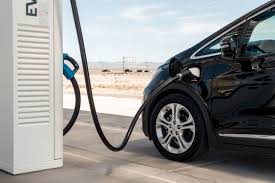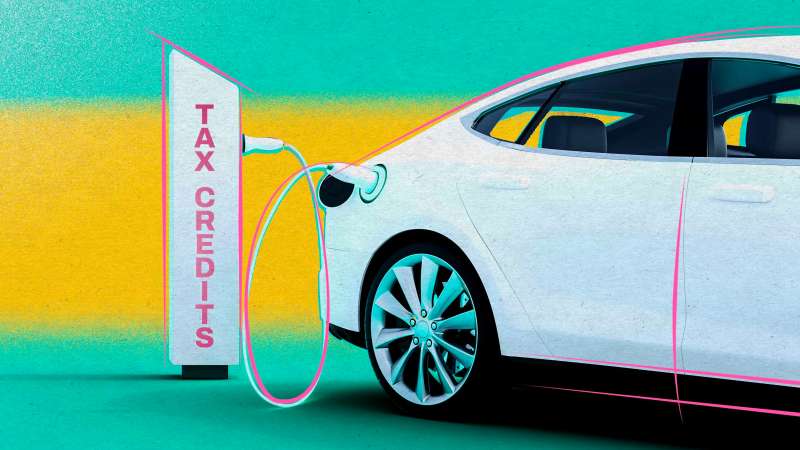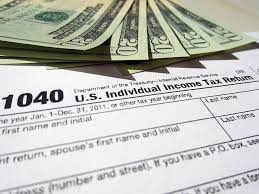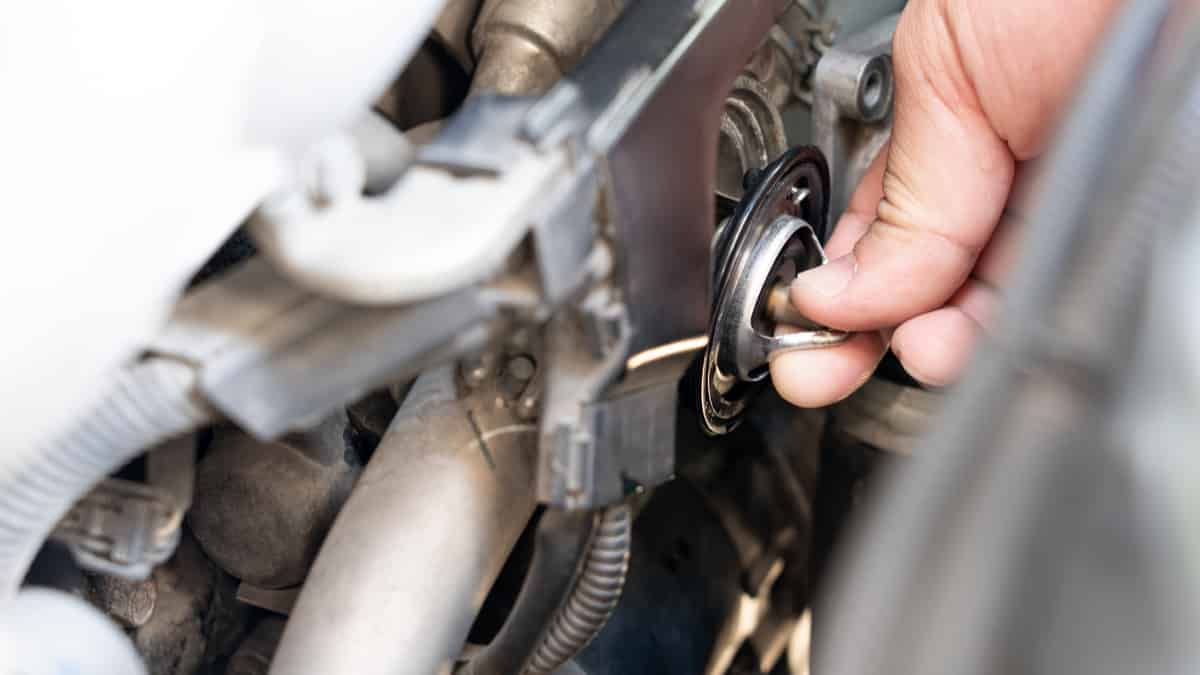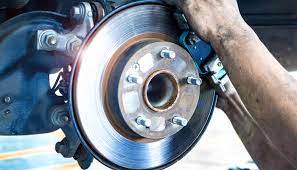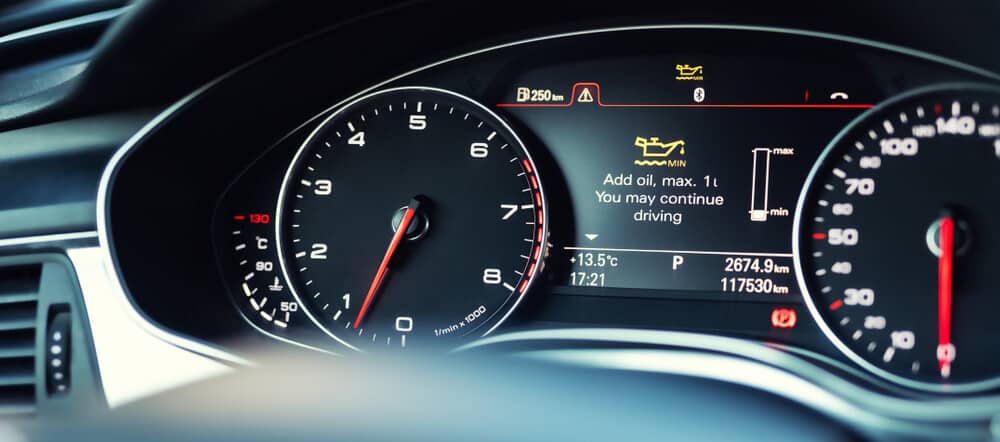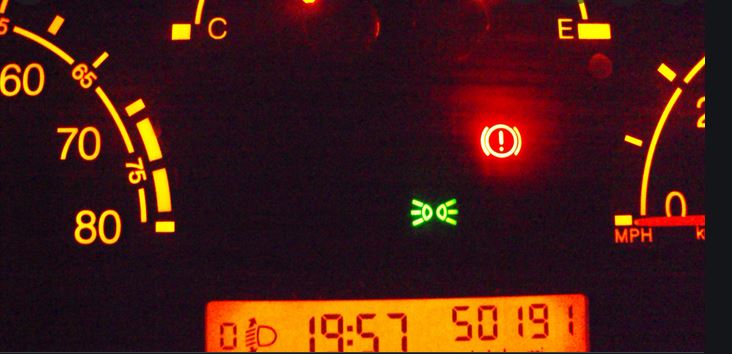05
Sep
A faulty alternator can exhibit various signs that indicate potential issues with its functionality. Here are some common signs to look out for: Dimming or Flickering Lights: One of the early signs of a faulty alternator is dimming or flickering lights, both inside the vehicle (dashboard lights, interior lights) and outside (headlights, taillights). This occurs because the alternator is not providing sufficient power to keep the lights at their normal brightness. Battery Warning Light: If the battery warning light on the dashboard illuminates, it typically indicates a problem with the charging system, which includes the alternator. This warning light may…

